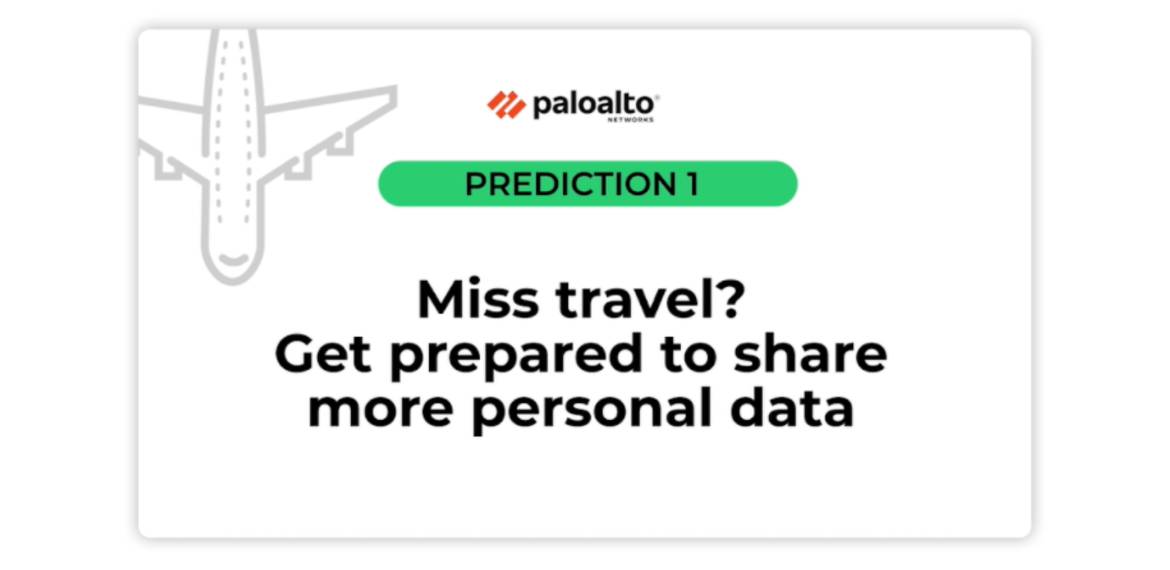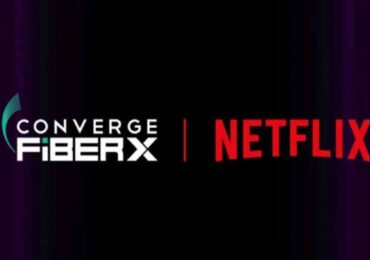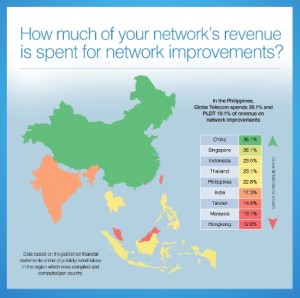Palo Alto Networks, global cybersecurity leader, announces four major cybersecurity trends which businesses should take into consideration to sustain their momentum to digitally transform this coming 2021.
Cybersecurity has been the top prerogative for boardroom leaders as companies across industries were forced to digitally transform in 2020. With multiple cyberattack reports uncovered throughout the year, it is no doubt that these attacks, due to the impact of accelerated progression to digitalization, will continue to advance and leave many companies vulnerable. It is pivotal for businesses to identify the countermeasures they must take to navigate the new normal in the longer term.
Prediction 1: Miss travel? Get prepared to share more personal data
Travel bubbles and green lanes will amplify the data privacy debate
Despite the data privacy conversation circulating for several years – with wariness around the use of data by some big tech companies and general data protection regulation compliance continuing to be a challenge for companies – it is contact tracing that has really made individuals sit up and take notice of data privacy.
Rigorous contact tracing and timely access to accurate and complete data has proven to be a key factor in helping to “flatten the curve” in many East Asian countries that were quick to turn to such digital tools. Aside from public sector initiatives led by health authorities, private sector initiatives are also being rolled out to support such efforts, with the most notable being the Apple–Google Exposure Notification system, which some countries have even started to utilise.
More countries are establishing travel bubbles and reciprocal green lanes in a bid to revive the travel and hospitality sector. In order for such arrangements to be efficient and safe for all travelers, however, personal data will need to be shared across borders with the right security controls and accompanied by transparent communication about how such data will be handled and stored.
With this critical need to move data between government agencies and enterprises such as airlines, airports, and hotels, the debate around how data is stored, accessed, and used will only increase in 2021, particularly as individuals are now far more conscious of their personal data being shared.
Prediction 2: The wait for 5G is over … for those who are ready
The private sector takes over from the public as the latter leads the fight against COVID-19
While 5G networks may have been introduced in a few markets already, the availability of the iPhone 12 will see the mass adoption of 5G-enabled devices for the first time. This will undoubtedly encourage the acceleration of 5G network rollouts as telcos seek to deploy new services for consumers and governments tap digital opportunities for economic recovery in 2021. However, it will still be a while before we experience the reduced latency and exponential growth in speed that has been promised.
This is something that more enterprises will have to pay attention to in 2021. The sheer number of nodes that need to be installed makes the deployment of such networks that much more challenging, dramatically increasing the potential surface area for cyberattacks. Private sector infrastructure owners cannot afford to deploy the same approaches to designing and rolling out 5G networks, less they fall victim to the same types of attacks as they did in 3G and 4G.
CONTINUE READING…












